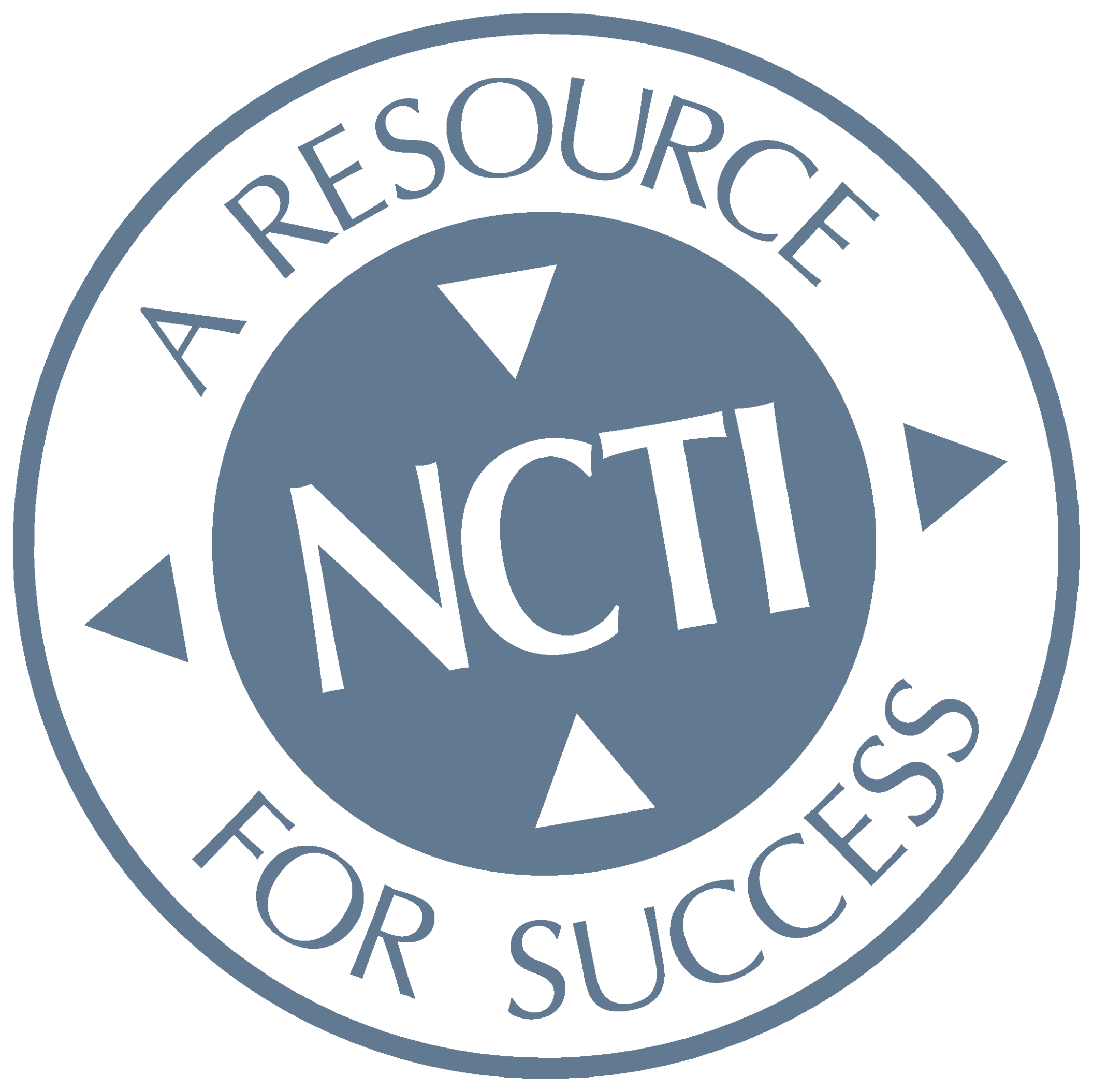
Interactive Learning: The Key to Successful Behavior Change
Our presentation techniques have been highly successful with adult and juvenile offenders in the Criminal Justice system. Programs are presented in an interactive, group format that includes such techniques as carefully sequenced questions, pairing and small group discussions, role-playing, brainstorming, simulation, reflection, and situational application of skills.
This learning process is fluid in nature, molding to the specific needs of each group, while also addressing the needs of the individuals. This fosters the discovery and practice of new skills, as well as providing support and feedback from peers.
Built On Evidence-Based Principles
NCTI’s Complete Behavior Change System incorporates the National Institute of Correction’s eight key principles of effective interventions.
- Address the Actuarial Risk / Needs of the Offender When available, NCTI uses Risk/Needs data found to be essential for best practices in criminal justice. NCTI supports the use of actuarial assessment tools that focus on both dynamic and static factors, provide a criminogenic need profile, and have been validated on similar populations. This information allows programs to better address the individual offender.
- Enhance Intrinsic Motivation For lasting behavior change to happen, the offender must experience intrinsic motivation. NCTI curricula uses a values-discrepancy model with the assistance of motivational interviewing techniques to enhance the possibility of the intrinsic desire taking place.
- Target Interventions
Risk Principle: NCTI curricula are primarily designed for medium and high-risk offenders.
Need Principle: NCTI curricula target specific interventions toward reducing criminogenic needs of offenders.
Responsivity Principle: NCTI curricula and certified facilitators are sensitive to temperament, learning style, level of motivation, gender, and culture of offenders.
Dosage: NCTI curricula are designed to be delivered in two hour increments and we encourage program designs of two, 2-hour sessions per week.
Treatment Principle: NCTI curricula are written using a cognitive behavioral approach. NCTI believes such treatment is an integral part of the behavior change process. - Use a Cognitive-Behavioral Treatment Model NCTI’s curricula are written based on a cognitive behavioral treatment model as well as a cognitive dissonance model. NCTI uses a number of techniques such as: role-play, personal awareness journaling, skill practice, and behavior modeling. Within a dynamic group setting, offenders begin to make positive behavior changes by learning how to think and act in increasingly positive, pro-social ways.
- Increase Positive Reinforcement A sustained behavior change process increases the amount of positive reinforcements an offender receives. NCTI facilitators are instructed in techniques for encouraging offenders with positive reinforcement while maintaining clear and consistently applied rules.
- Engage On-going Support in Natural Communities Active engagement of offender, pro-social support during the treatment process allows for greater offender success. NCTI curricula encourage and provide opportunities for the offender to practice positive behavior change within their own environment.
- Measure Relevant Processes / Practices NCTI routinely assesses the changes in offenders’ cognitive and pro-social skill development. NCTI’s pre and post tests data for each curriculum is collected and used to ensure facilitator and program fidelity. Our curricula have been used throughout the United States, in programs that have successfully replicated reduced recidivism. NCTI’s facilitator certification training teaches facilitators to deliver a standardized model, regardless of location.
- Provide Measurement Feedback Facilitator & participant evaluations are used to provide feedback to referring agencies. Pre and post tests provide an additional method for obtaining feedback and monitoring ongoing processes. Feedback is provided to offenders, facilitators, and NCTI staff in a variety of ways in order to ensure increased accountability and program integrity.
Read more about the research behind Crossroads programming here and contact us for more information.
